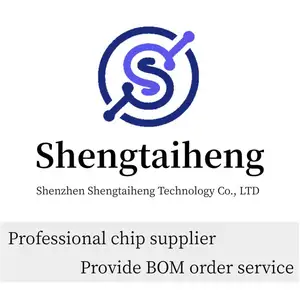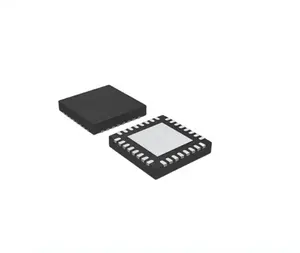DMD Chip Technology for Optoma Devices
Digital Micromirror Device (DMD) chips are at the heart of Optoma projectors, playing a crucial role in delivering sharp, high-quality images. These sophisticated components are integral to DLP (Digital Light Processing) technology, which is widely used in projection systems. A DMD chip for Optoma projector is a precise semiconductor that contains an array of microscopic mirrors, each responsible for creating a pixel on the projected image.
Types and Applications
The versatility of DMD chips extends to various models and applications. While some chips are designed for compact, portable projectors, others are tailored for high-powered, professional-grade projection systems. These chips are not one-size-fits-all; they vary depending on resolution requirements, ranging from standard XGA to full HD. The application of these chips spans across educational, business, and home theater systems, each demanding a unique set of specifications and performance characteristics.
Features and Materials
A DMD chip for Optoma is engineered with precision, utilizing materials that ensure durability and reliability. The micro-mirrors on the chip are mounted on a substrate, which is typically made from silicon, known for its thermal stability and electronic properties. The chip's design allows for rapid mirror movement, which is essential for creating clear and vibrant images. Additionally, the DMD chip's architecture is designed to minimize light scatter and maximize light directed through the projector lens.
Advantages of DMD Chip Technology
The advantages of using a DMD chip in Optoma projectors include high pixel density for sharp image resolution and fast response time, which is critical for video and animation display. The technology behind these chips also contributes to the projector's overall energy efficiency, as it requires less power to operate the micro-mirrors. Furthermore, the longevity of DMD chips ensures that they can support extensive use, making them a sustainable choice for long-term projection needs.
Complementary Components
In addition to the core DMD chip for Optoma, a range of complementary components is available to enhance the performance of projection systems. These include various types of motors and blades for those interested in the mechanical aspects of projectors. For specialized applications, there are also bladeless designs that focus on vibration-based energy generation, offering an alternative approach to image projection.
Choosing the Right DMD Chip
Selecting the appropriate DMD chip for an Optoma projector requires consideration of the projector's intended use and the desired image quality. It is essential to match the chip's specifications with the projector's resolution and brightness requirements. With a broad array of options available, it is possible to find a DMD chip that aligns with the specific needs of any projection task, from small-scale presentations to large venue displays.










































 浙公网安备 33010002000092号
浙公网安备 33010002000092号 浙B2-20120091-4
浙B2-20120091-4